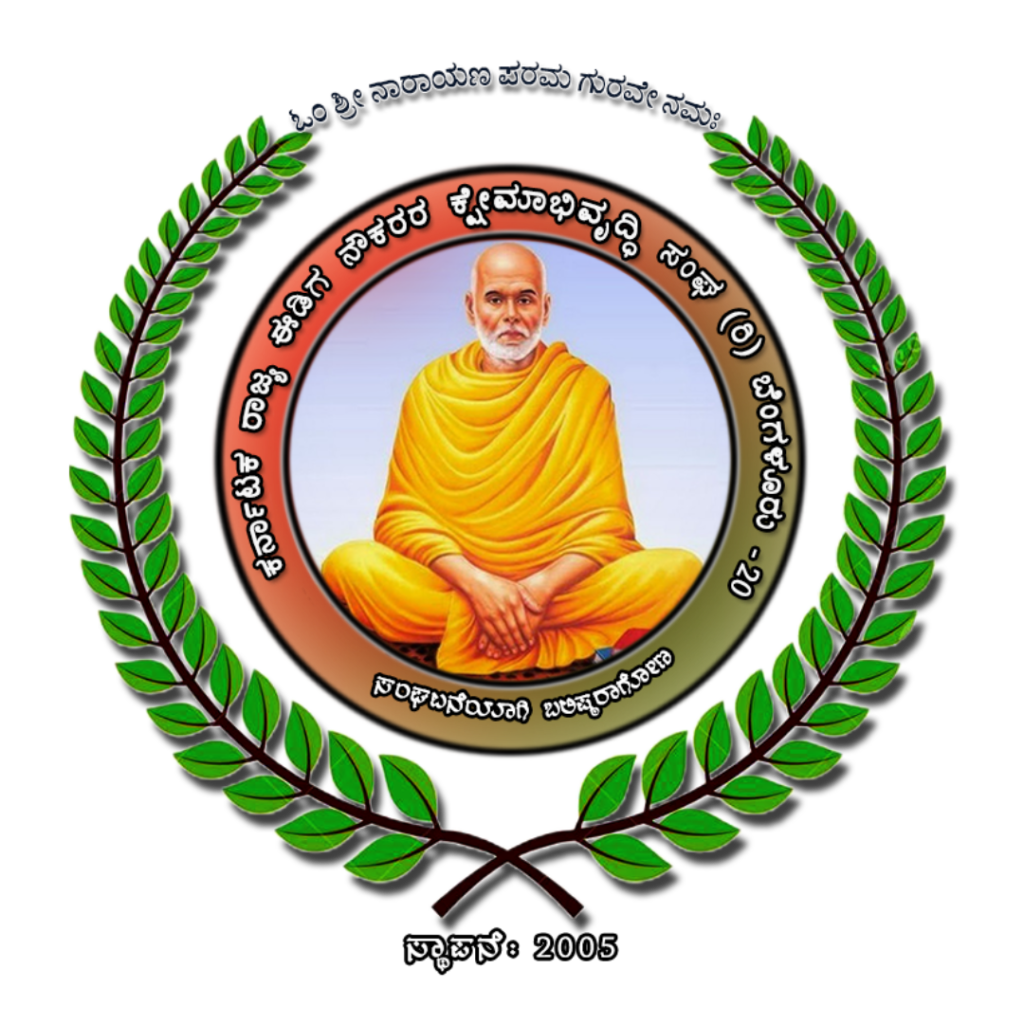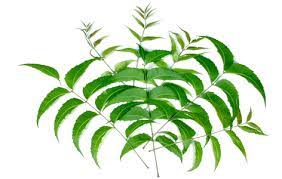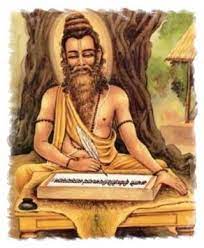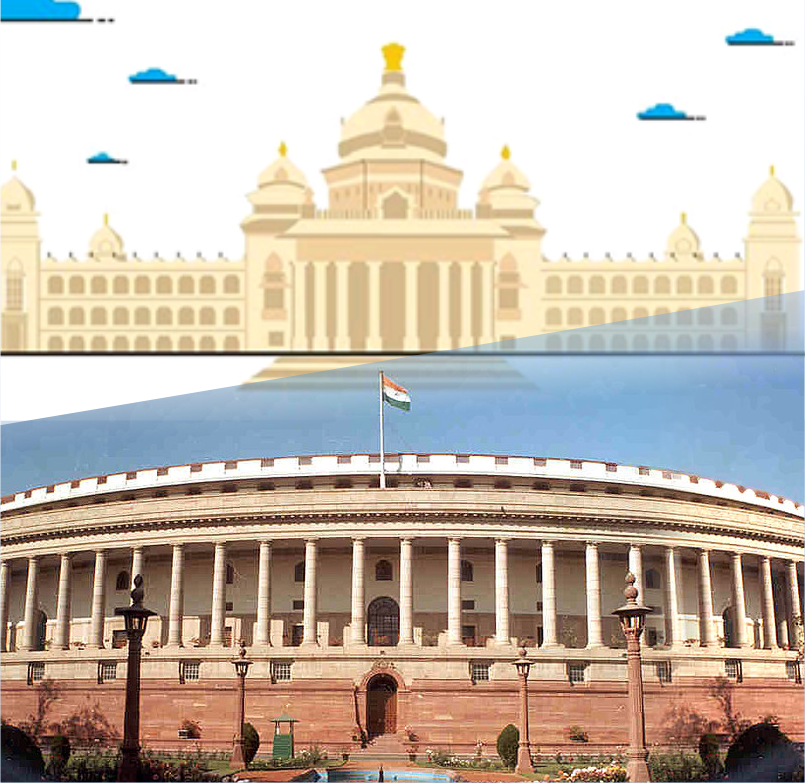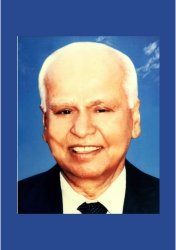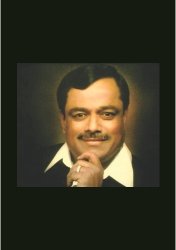Core Values:
Due to the influence of Atri Maharshi’s Gauda Mantra, the original man of the Eediga caste Because of creation, hence got the name Gaudas, Goulas, Eedigas for them. The daughter of Varuna, Varunidevi (Su`re) his family deity. Atri Maharshi created the Munishreshtha called Kaundinya through Gauda Mantra. Koundinya Maharishi, with the blessings of his father, created fruit-bearing trees and herbs by his penance, he made Somarasa from its Mellifluous sweet juice and Through it Remedied the disease problems of humans. Thus, this Rishi greatest he became the gotra (Kaundinya Gotra) of this race as the progenitor of the Idiga (Gowda) lineage. Next, by pleasing Parameshwara with his penance and he got the boon of creating the Kalpa tree. Parameshwara, who had given the boon, had mercy on the abhaya that those who had rasapana Kalpavriksha should not be reborn. Madhu Karman was born on Adirudra’s left foot. He is also defined as the original man of the Ediga family in the definition of ‘Rudrabharata’. Parameshwara who blessed the boon, he gave abhaya mercy for those who make rasapana of the kalpa tree should not be reborn. Called as Madhu Karman was born from left foot of Adirudra. He is also the original male of lineage of Ediga is defined in ‘Rudrabharata’.
According to One of the other mythological stories, Parvati Parameshwara had come down to the world for vacation. That’s one of a full moon day in the month of Vaishakh, Parvati was thirsty. There were nowhere any water sources around. Appeared standing of elegantly grown Group of Palm, Echalu Trees. Parvati requested in her husband to quench of her thirst with the sap from with inside of the stem of those trees which may secrete. At the same time, one of a Balegara Banajiga was coming by the same route. Seeing him Parameshwara said, A lord, my wife is thirsty, she very tired. There is the trunk of the tree, which is visible, softly split it, the juice which comes from it bring and give to me. He said, Merit will be available to you and gave a sharp small weapon. Balegara collected the juice from the trunk of the Iechal tree and offered it to Parvati with devotion. Both Eshwara Parvati drank the juice of Iechala and became satisfied. Later he said to the Balegara, You Continue doing this occupation, from this you and your next generation will be prosperous and he blessed. From this instance lineage of Eediga has began… is one of the another firm belief.
According to a reference in the book ‘Brahmanotpatti Marthanda’, Janamejayarayan invited Vateswara Muni and performed a yajna. After the yajna, Vateswara Muni donated one village each to 1888 disciples. . All of them settled in Aryavarta. It is another legend that they became the Adigowdas and these were the original men of the Gauda dynasty. Apart from this, it is also seen in a couple of Puranas that the Eedigas were originally Brahmins and were ostracized by the Brahmins themselves because of their irreligious practices.
Katamagaudane Kulguru: Gopavaswa and Kalyani, descendants of Kaundinya Muni, had a son named Gopalagowda. Gopal Gowda married a maiden named Veeramambe. Katama Gowda was the son of this couple. Katama Gowda, who was a devotee of Shiva, a donor and a taponiratha, was the Guru of the Gaudavam of the Kali Yuga (Sivatatvasara – Shivanandeeswara dialogue). He also has other names like Kanthamaya, Katamaya, Katamagowda, Katamaheshwara. Gopala Gowda was the king of Vidarbha. He was a devotee of Shiva who ruled for many years, sacrificed his family in his old age and went to the Himalayas to do penance on Shiva to attain salvation. Katamagowda succeeded Gopala Gowda to the throne. Katamagowda, along with the power of his kingdom, by his austerity, made trees like the palm, which are known as the Kalpa trees of Kali Yuga, bow down to the ground by themselves and caused people to remove the sap from it and conduct business. Katamagowda brought a Shivlinga from the Himalayas to perpetuate the name of Kaundinya Maharishi, the progenitor of his clan, and placed it in Muktapura (a village belonging to present-day Ananthapura district). He built and consecrated a temple with 18 enclosures. He established an ashram there and named it Kaundinyashram. Katama Gowda later stayed here and wrote works like Katama Maheswara, Katama Risishwara, Shivalila Mahatme, Shivatattvasara etc. Later (in his old age) he left his 3000 disciples in the same ashram and handed over the responsibility of the kingdom to his paternal relative Veer Bhojan and went to the Himalayas for salvation. (His era is considered in some scriptures to be the beginning of Kali Yuga after the war of Mahabharata).
Ediga was called Deva Gowda in Krita Yuga, Adi Gowda in Treta Yuga, Shiva Gowda in Dwapara Yuga and Satya Gowda in Kali Yuga. There is also a legend that when Adi Shankaracharya entered Mandanamishra’s house, he was taught the Gauda Mantra by an Idigan. All these are mythological facts. Not facts based on scientific papers. This information is so proud that we have a legendary background.
